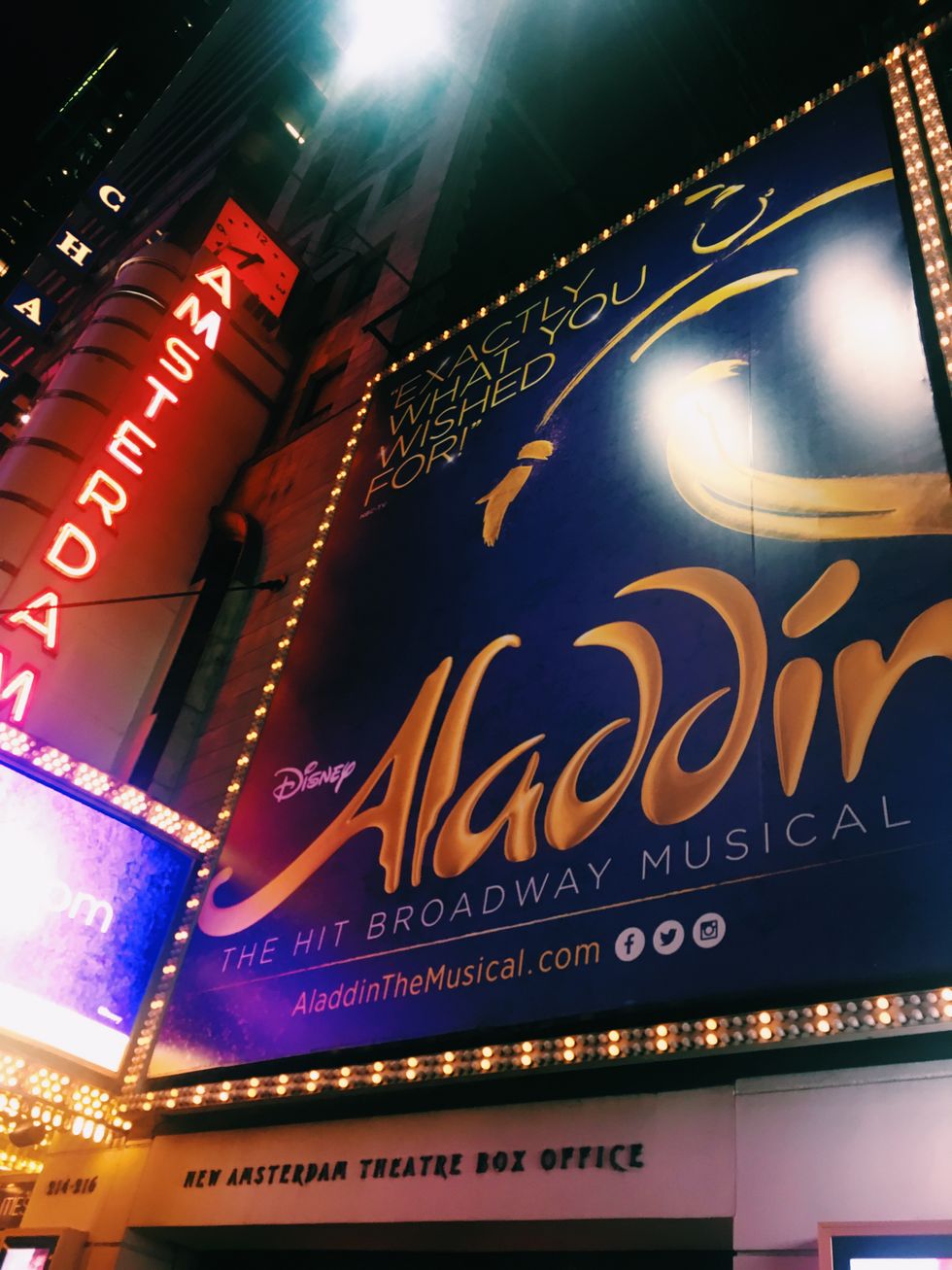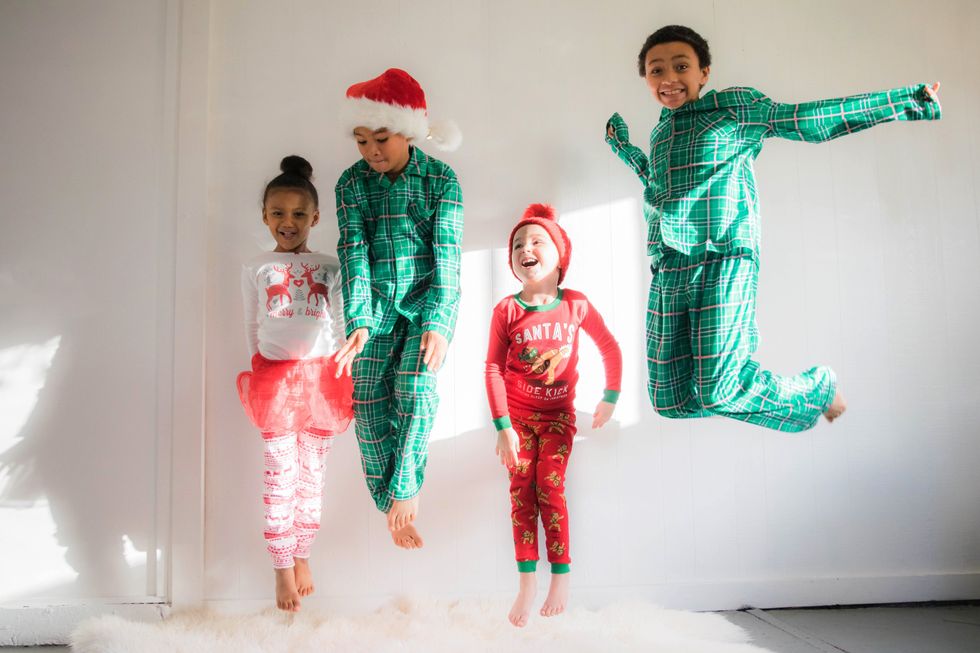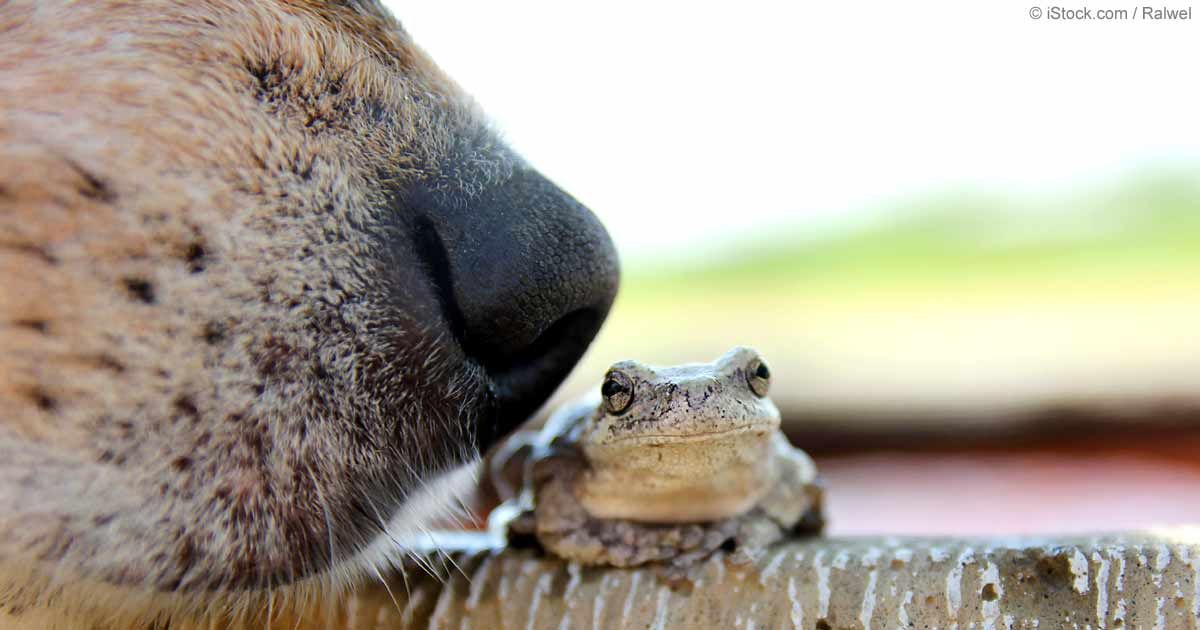On a cold January night, I found myself en route to New York City with the rest of my high school’s music department to see Disney’s "Aladdin" on Broadway. My friends and I hurried to our seats, in awe of the gorgeous architecture of the New Amsterdam Theater. The lights dimmed and the orchestra came to life--I waited for the experience to begin.
I have always been a fan of Broadway shows, and Disney movies as well. I was curious as to how a Disney movie would be adapted into a Broadway production that did it justice--especially honoring Robin Williams’ Genie.
I was pleasantly surprised by the production’s ability to stay true to its origin, yet include contemporary comedy as well. This served to update the performance for younger audiences, yet include all of the aspects of the original movie that older audiences know and love.
When Telly Leung took the stage as Aladdin, I knew he was perfect in this role. He conveyed the character with equal parts naivete and knowledge; the kind-hearted “street rat” who was just trying to get by. His precise dancing coupled with a strong singing voice was a delight to watch.
Then came the true test of the night--was this Genie any good? Oh yes, he was. Major Attaway was absolutely fantastic in his role, beginning with the glamorous “Friend Like Me.” His Genie was vibrant, and fulfilled his purpose of granting three wishes while delivering contemporary jabs of humor, such as blurting out “ain’t nobody got time for that!”
His singing voice was incredible, and he took command of the stage whenever he appeared. He served as equal parts a guiding light and friend to Aladdin; Robin Williams would have been proud.
Not to mention, at the January 18 performance I went to, two of the main characters were played by understudies. Dennis Stowe stepped up to the plate as Jafar, and Jacob Dickey took on Kassim, one of Aladdin’s bumbling but well-meaning friends. Stowe’s Jafar was the perfect mix of dark and deceptive, while Dickey’s Kassim balanced out Aladdin’s quartet of pals perfectly.
On another note, Isabelle McCalla’s Jasmine acted as a true sign of the times. While staying true to character as the princess who would only marry for love, she also served as an emblem of modern female empowerment. Jasmine not only wants to marry for love, she wants to travel and see the world, and actually, make an impact and help the people of her kingdom.
She doesn’t just want to be the trophy wife of the future Sultan; she wants an equal stake in the power over the realm, and to end the form of police brutality that occurs. This could be seen as a symbol of the continuous fight for equal pay, and the fight for the end of police brutality against minorities and the poor.
Technically speaking, the production had colorful sets and expert lighting. The colorful village market and ornate Arabian palace were stunning to the eye, and the crew was fantastic at lighting the production.
The lighting contributed so much to the mood of each scene, with eerie green lighting and long shadows cast when Aladdin is trapped in the Genie’s cave, and romantic, fluid lighting as Jasmine and Aladdin embark on a magic carpet ride in the famous “A Whole New World.”
The costumes were another gorgeous aspect of the production--all were takes on the original film, yet more ornate and culturally aware. The stark contrast between Aladdin’s light colored garments and Jafar’s constant black contributed to the overlying motif of good versus evil and innocence versus experience. The Genie, of course, wore an eye-catching blue outfit that contributed to all eyes being on him whenever he popped up.
After the many escapades of Aladdin trying to escape his roots as a poor thief in order to win over Jasmine, it all comes down to Jasmine for loving him for who he is--albeit, of the lower class and with no title, yet honest and pure-hearted. Plus, the Genie is finally free of his cramped lamp, and the repressive and evil Jafar is locked away.
We could all use some more honest love and freedom in today’s society, and it was a great touch at the end of the story. The cast’s emphatic performance of such an empowering story, set against beautiful imagery, was absolutely phenomenal.
















